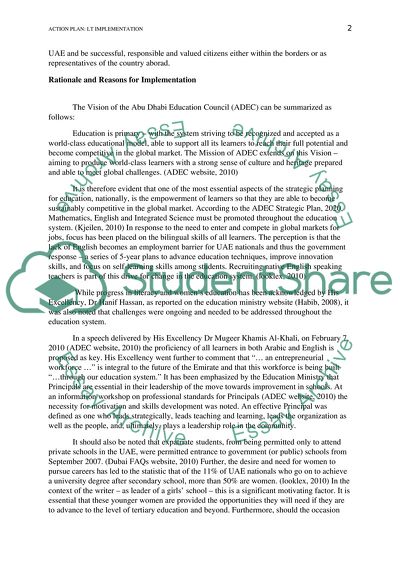Cite this document
(Action Plan: License Teacher Program Implementation Assignment, n.d.)
Action Plan: License Teacher Program Implementation Assignment. Retrieved from https://studentshare.org/education/1733323-develop-an-action-plan
Action Plan: License Teacher Program Implementation Assignment. Retrieved from https://studentshare.org/education/1733323-develop-an-action-plan
(Action Plan: License Teacher Program Implementation Assignment)
Action Plan: License Teacher Program Implementation Assignment. https://studentshare.org/education/1733323-develop-an-action-plan.
Action Plan: License Teacher Program Implementation Assignment. https://studentshare.org/education/1733323-develop-an-action-plan.
“Action Plan: License Teacher Program Implementation Assignment”, n.d. https://studentshare.org/education/1733323-develop-an-action-plan.


